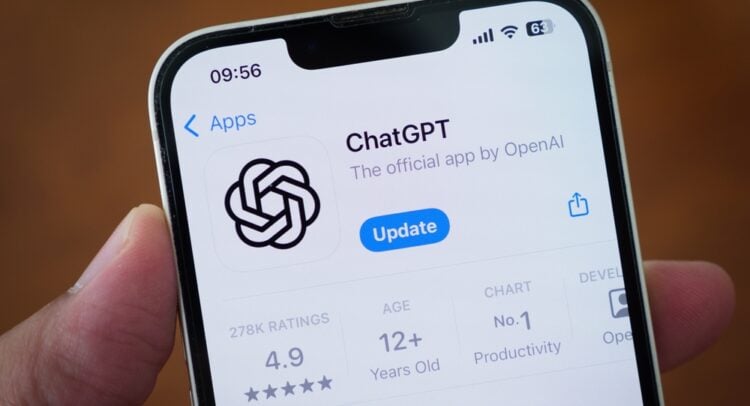It’s easy to use the 2020 pandemic and lockdown as the event that kick-started a new world of work, especially since lockdown precipitated a hasty migration to virtual workplaces. It’s a tidy origin story for the rupture between “work” and “the office.”
However, enterprise communications companies had been lobbying to get their customers to rethink several basic premises of white-collar work for a few years prior. The timing was right, thanks to the rise of mobile computing and easy, accessible cloud-based apps and storage services. In theory, workers were already thinking of enterprise communications as a series of tasks and workflows stitched together from multiple apps. So … why not move from the desktop computing metaphor to one that more accurately reflects a more fluid flow of data?
In 2019, Slack debuted functionality that intended to break down email/workspace silos so Slack habitues could stay on top of meeting invites and other Outlook-originating collaborative tasks. The company also added a workflow builder so people within a Slack workspace could set up tasks that were triggered by specific events and drew from external data sources or services that agreed to offer integrations within Slack.
The intention behind both offerings was clear: Stop thinking of your workspace as the computer desktop from which you access specific apps and files; start thinking of Slack as the place where you can do your work. As Ellie Powers, then Director of Product and Platform at Slack said, “We’re going to be all about bringing your core office productivity into Slack.”
Slack’s idea of reworking the mental work model from desktop to digital workplace wasn’t original to the company; Microsoft had also been positioning its Teams workspace as the starting point for work. It began by taking aim at the “context-switching” problem many workers had, citing research on how distractible people get when they’re always alt-tabbing between the screens that comprise each step of a complex workflow. The answer to this problem was to treat Teams as, in the words of Microsoft product manager Karuana Gatino, a workplace “hub” from which to launch different workflows or access assets stored in Microsoft’s cloud services. She concluded: “It is more than a set of products — it is a fundamentally different way of working.”
So the signs were there that technology companies wanted users to start thinking of their work as moving from the solo, desktop-centered environment to a collaborative, cloud-hosted one. When people moved en masse to remote work during the lockdowns and spent all day on Zoom, Teams, Slack or Google Workspace, it looked as if the paradigm shift was under way.
Or has it stalled out?
At the Dreamforce 2025 prebriefing last week, CTO of Slack and Salesforce cofounder Parker Harris said, “People aren’t really doing their work in a product like Teams. when you think about Slack, that’s where we want you to get your work done.”
“Getting your work done in Slack” is not a new message, but let’s take a minute to fact-check exactly what people are doing in Teams. Prior to the pandemic, the platform had less buzzy name recognition than either Zoom (which had an early user lead in 2020) or Slack (which had a lot of favorable tech and mainstream press as the next new thing).
Microsoft’s collaborative workspace took off during the pandemic thanks to the company’s already-established customer base in enterprise communications and its ability to keep rolling out new enhancements in response to customer demand. As of now, Teams has approximately 360 million monthly active users (MAU) compared to Slack’s 65 million MAU.
So are those 360 MAUs not getting anything done? The Redmond company’s research, presented in its annual work trend index report, stresses that Teams-centered work is mostly communicative, i.e. meetings and chat messages. It’s the same thing that’s happening in Slack. And like Slack, Microsoft’s AI assistants encourage workflow automation: Copilot can build a workflow that connects Teams with other Microsoft 365 apps like Outlook or SharePoint, enabling automation of information-management processes.
We’ve settled that workflow activities are happening in these spaces. But why haven’t they already replaced the computer desktop as a metaphor for our workspace hub? I asked Metrigy’s president and principal analyst, Irwin Lazar, and he replied, “The biggest challenge is getting people out of their habits and siloes. People still tend to think in terms of ‘there’s an app for that’ versus ‘let’s connect all our apps into a single workspace.'”
What does it take to get folks to change a habit? It takes substituting a new one. After all, the desktop-as-computing-hub metaphor only really took off with the introduction of the Apple Macintosh in 1984, even though the metaphor was first developed at Xeroc PARC in the 1970s and commercially available in 1981. Apple succeeded because it had integrated everything into a system that was intuitive, yet radically reworked how people could identify and complete task flows.
Maybe the battle for the dominant collaborative space — the battle between Slack, Teams and Zoom, among others — will continue as-is until we have another Macintosh moment. The question remaining is: How much time will we spend iterating on work as it is until the next workspace model comes along?


